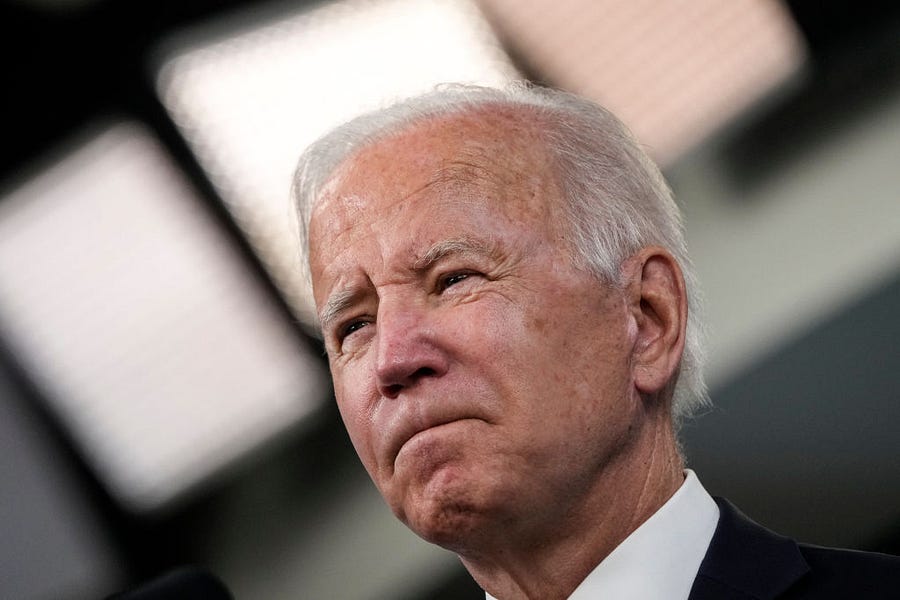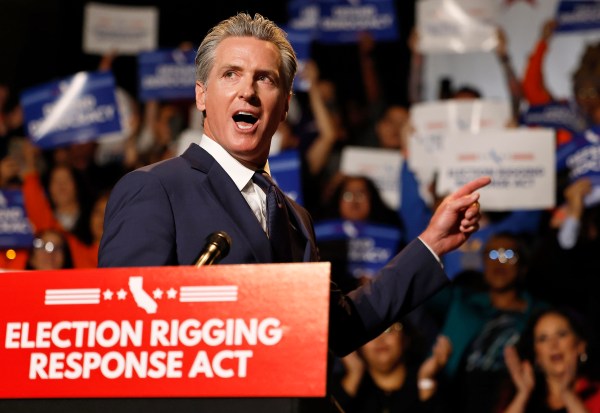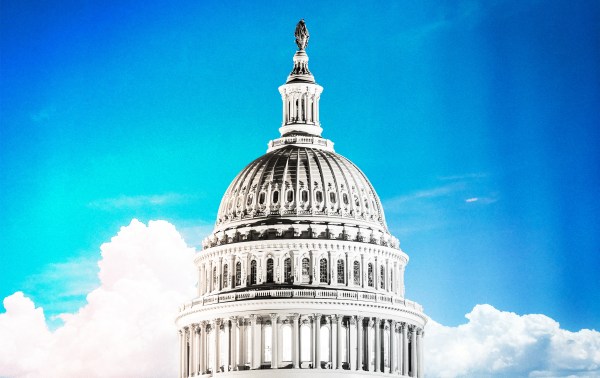Back on September 9, President Joe Biden announced a panoply of COVID vaccine mandates, citing that he was tired of waiting on the unvaccinated to do their part: “My message to unvaccinated Americans is this: What more is there to wait for? … We’ve been patient, but our patience is wearing thin.”
So it is with great irony that the Occupational Health and Safety Administration finally released its COVID-19 Vaccination and Testing Emergency Temporary Standard (ETS) last week, a full 56 days after Biden’s announcement. Writing for The Dispatch on Sept. 24, I addressed the problem with the timing and legal delays in mandating COVID vaccination through an OSHA ETS: “Even if it survives all legal challenges, implementation of the employer mandate may be delayed until long after it’s needed.”
There are many valid legal arguments against a sweeping mandate, even when such a mandate allows employers and employees to opt instead for weekly COVID testing. These include whether the federal government has the authority to issue such a mandate, whether COVID in the workplace rises to the level of “grave danger” required to issue an ETS, and the validity of OSHA’s 100-employee cutoff to which the ETS applies.
But from a practical standpoint, a vaccine mandate was going to be effective only if it could be issued quickly enough to address the Delta surge.
In addition to taking nearly two months to write the ETS, OSHA implemented a deadline of December 5 for employers to establish and enforce a COVID vaccination policy, with a weekly COVID testing policy required by January 5, 2022. All told, the ETS will be fully enforced nearly four months after Biden’s announcement, or one year after vaccines first became available. And this is the most optimistic timeline; legal challenges from 27 state attorneys general and scores of businesses may push the ETS implementation back further, if the ETS sees the light of day at all.
In the meantime, the trajectory of the pandemic has gotten better, not worse. Biden’s employer vaccine mandate has outlived its usefulness before it even began.
There are several factors that make Biden’s employer vaccine mandate moot.
First, the Delta variant has waned after widely spreading through the population, with cases falling from their summer peaks in 42 states plus the District of Columbia. Cases nationwide have fallen by more than 57 percent since September, hospitalizations by more than 55 percent, and deaths by more than 40 percent.
Second, vaccination rates are up. The CDC now reports that 78.9 percent of the population 12 years of age or older has received at least one COVID vaccine dose. Among those 65 or older, an incredible 98.4 percent have received at least one dose and 85.7 percent have been fully vaccinated. Additionally, millions of the elderly have received booster shots, further mitigating the effects of COVID among the most vulnerable Americans.
Finally, in what may be the most significant development, Pfizer released preliminary clinical trial data Friday on the effectiveness of Paxlovid, a new antiviral treatment found to reduce the risk of hospitalization or death by an impressive89 percent among unvaccinated people with at least one condition associated with increased risk of developing serious illness from COVID-19. The study showed Paxlovid was so effective that Pfizer ended the trial early after consulting with the FDA . The positive results on Paxlovid follow results released last month on Merck’s molnupiravir, which showed 50 percent efficacy in reducing hospitalization and death. It appears that the toolbox to fight COVID is strong enough to truly end the pandemic.
Meanwhile, OSHA estimates the ETS is likely to have a small effect, preventing 250,000 hospitalizations and saving 6,500 lives over the next six months. Assuming Paxlovid would reduce such hospitalizations and deaths by 89 percent as in the clinical trial, OSHA’s estimates theoretically would be reduced to 27,500 hospitalizations and 715 deaths prevented over the same timeframe.
While every COVID death is tragic, these numbers confirm that a broad vaccine mandate applied to tens of millions of American workers is no longer useful.
The Biden administration should rescind the ETS before it is ever enforced. Then, channeling past efforts through Operation Warp Speed, Biden should prioritize the rapid distribution of new therapeutics like Paxlovid that will definitively end the pandemic.
Gregg Girvan is a health care research fellow at the Foundation for Research on Equal Opportunity.






Please note that we at The Dispatch hold ourselves, our work, and our commenters to a higher standard than other places on the internet. We welcome comments that foster genuine debate or discussion—including comments critical of us or our work—but responses that include ad hominem attacks on fellow Dispatch members or are intended to stoke fear and anger may be moderated.
With your membership, you only have the ability to comment on The Morning Dispatch articles. Consider upgrading to join the conversation everywhere.